The sweet wines of Tokaj used to be a playground of the wealthy, but a new lighter, fresher style has emerged. This past December, I took it upon myself to convert my wine-drinking friends in New York.
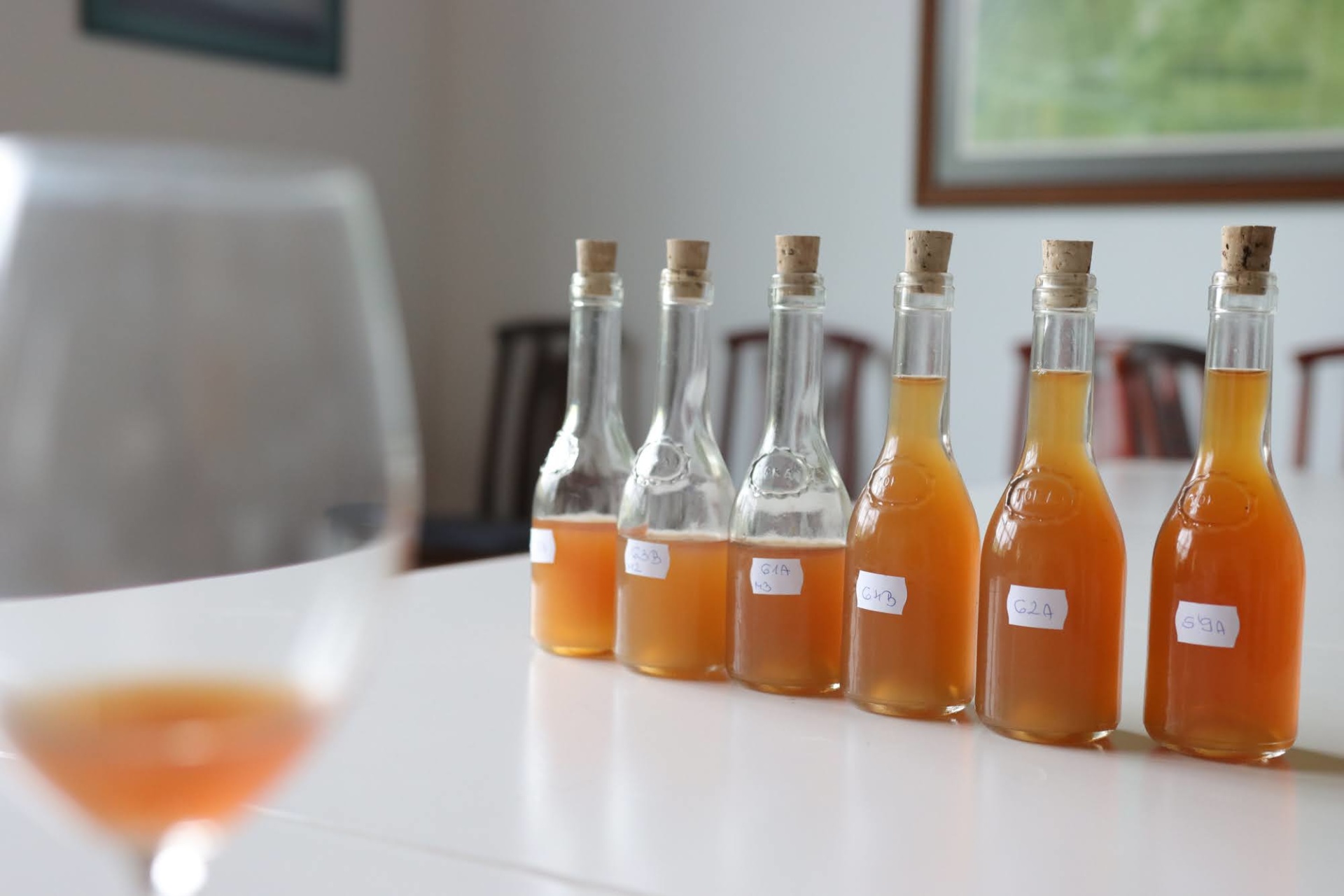
There was no going back to dry wines for me after an internship last year at Disznókő, a leading natural sweet wine producer in the Tokaj wine region of Hungary. At home in Budapest, my roommate and I started a habit of downing Tokajis with dinner, no matter the food on the table. After a while, there wasn’t even a discussion whether the chicken paprikash, schnitzel, or fruit jam-filled crepes (palacsinta) called for a sweet or dry bottle. We were hooked. We would usually pick up two sweet wines from the local wine store and try them side-by-side to decide which one we liked more.
For a trip to New York City this past November, I packed a dozen bottles, more or less encased in bubble wrap, hoping they would survive the journey. They took up most of my precious luggage space, but I was on a self-appointed mission to inculcate my friends into this sacred world of sweet wines. “Nobody drinks sweet wines,” I could already hear my up-to-date pals in Brooklyn frowning as they headed to the fridge to retrieve a funky, fizzy, skin-contact natural wine from an obscure region of Slovenia. I had my work cut out for me.
There are different kinds of sweet wines and people often confuse naturally made sweet wines with those where winemakers add sugar to improve or correct flavors. Tokaji’s sweetness involves the labor of a benign fungus. If humid September weather is followed by a dry late-fall, the mold, also known as the noble rot, can attack some of the grapes and leave behind nasty-looking shriveled berries. While munching away, the fungi create a host of new flavors and intense aromas — apricot, orange, honey — that make their way into the wines. The climatic conditions don’t align every year, meaning that a sweet wine vintage is never guaranteed in Tokaj (dry wines are also made from regular grapes).
“I love the sweet wines — there's nothing that is as rich, complex and refreshing as a good Tokaj aszú,” Eric Asimov, the longtime wine critic of The New York Times, wrote to me. Tokaj isn’t the only wine region that relies on the help of this godsend fungus whose maiden name is botrytis cinerea. Together with the French Sauternes and the German Auslese, they comprise the “holy trinity” of botrytis-made sweet wines. They each have their glorious, centuries-long histories and famous advocates — Tokaji was a favorite of Thomas Jefferson and Louis XIV — but they’re rarely a wine drinker’s choice these days.
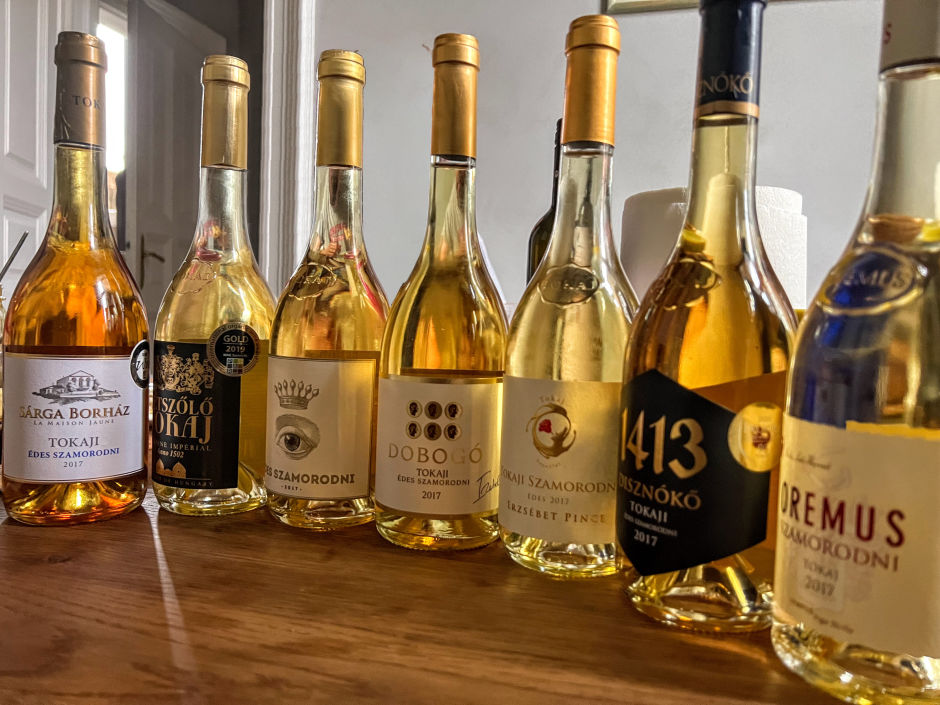
“We struggle with sweet wines, our guests rarely opt for them,” said Kristen Goceljak, wine director of Crown Shy, a highly praised modern American restaurant in Manhattan. Many Millennials either haven’t heard of such sweet wines or view them as staid and old-school, something their parents would drink or a rich wine collector might order at the end of a meal. Until recently, Tokajis did little to help this reputation; they were heavy, dense, overly sweet, oxidized, and expensive.
Aware of their shaky prospects, Tokaj producers started to make lighter and fresher wines that nonetheless deliver the signature botrytis-induced flavors. Most wineries now limit the use of oak barrels to leave room for the grapes and the soils to express themselves and keep the sugar levels under control. The French-owned Disznókő, where I interned, was the pioneer of this transition in the early aughts. “We don’t want our wines to be only about sweetness, so we let more of the sugars ferment into alcohol,” László Mészáros, the General Manager, told me. A 2013 Hungarian wine law finally lowered the criteria on aging and sugar content, aligning the official standards with the new style. As a result, Tokaj sweet wines may contain less sugar than many cocktails or even a can of coke. Also, a shorter aging means they’re now available at all price points.
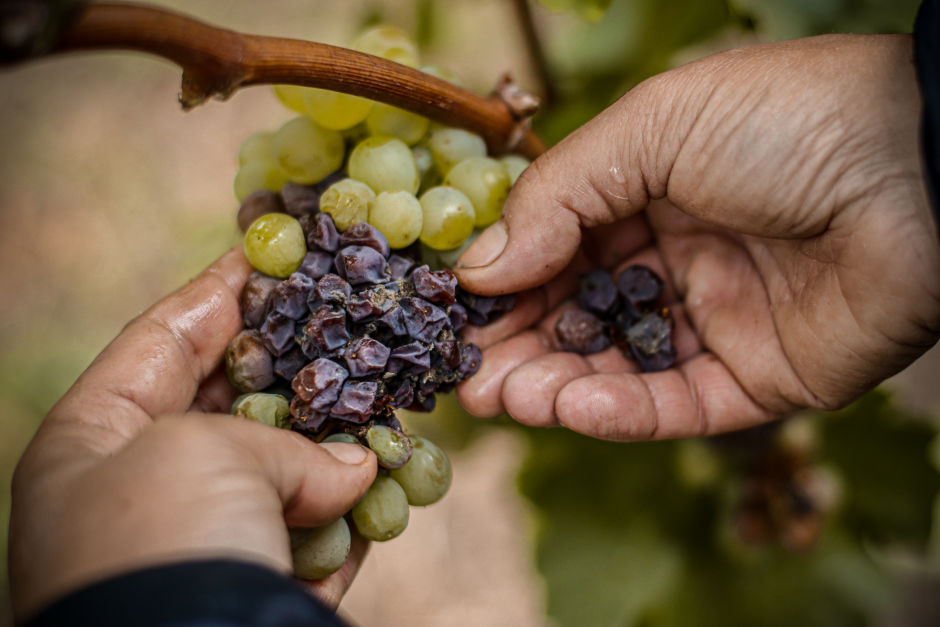
Few sommeliers outside of Hungary are aware of these transformations. Almost no money is spent on marketing and the individual wineries are too small to make a dent in a foreign market. “It still has that traditional dessert wine association and a connection with old-school luxury. I don’t think this shift has trickled down to New York, which usually sets the pace for the whole country,” said Goceljak. “But New York is always up for something new and interesting.”
Once in New York, I’d roam the city with my backpack weighed down by clinking bottles of Tokaji. Like a traveling salesman, I’d ricochet between Manhattan and Brooklyn, dropping them off at friends’ places along with a few words of advice. “Serve chilled and drink it with whatever you’ll have for dinner.” Most of the feedback was positive, people expressing surprise that sweet wines can be so complex. Most, but not all. For Thanksgiving, I joined a college friend whose family, it turned out, were not big drinkers. As dinner progressed and the bowls of mashed potatoes, gravy, and roast bird were emptying, a nearly full bottle of Tokaj stood awkwardly at the center of the table. The next day, my friend’s mother emailed me in an apologetic tone that “we have almost worked our way through the wine.”
One evening, I brought a bottle to Spicy Village, an unpretentious Chinese BYO on the Lower East Side specializing in handmade noodles and tender chicken swimming in chili oil. The server was a little surprised when I whipped out the Tokaji, but soon a couple of plastic cups materialized, which I proceeded to fill with the golden-colored wine. The wine’s sweet-sour taste nicely balanced out the chili heat, my friend and I noted, as we scrambled to fish out the few remaining bits of springy noodles. This bracing acidity is key to botrytis-made wines, keeping them fresh and free from a cloying sweetness. It’s the result of Tokaj’s main grape, the high-acid furmint, and the work of the fungus, which concentrates both sugars and acids.
“Sweetness so balanced and held in check by the sharp-tasting furmint that they leave your mouth whistle-clean,” wrote Hugh Johnson, a legendary wine writer. Pascaline Lepeltier, one of New York’s star sommeliers, also thinks that acidity is key. “Once you manage to get guests to taste a great, balanced sweet wine, especially made from high-acid grapes like furmint, chenin blanc, or riesling, with lower sulfur, they of course really like it.”
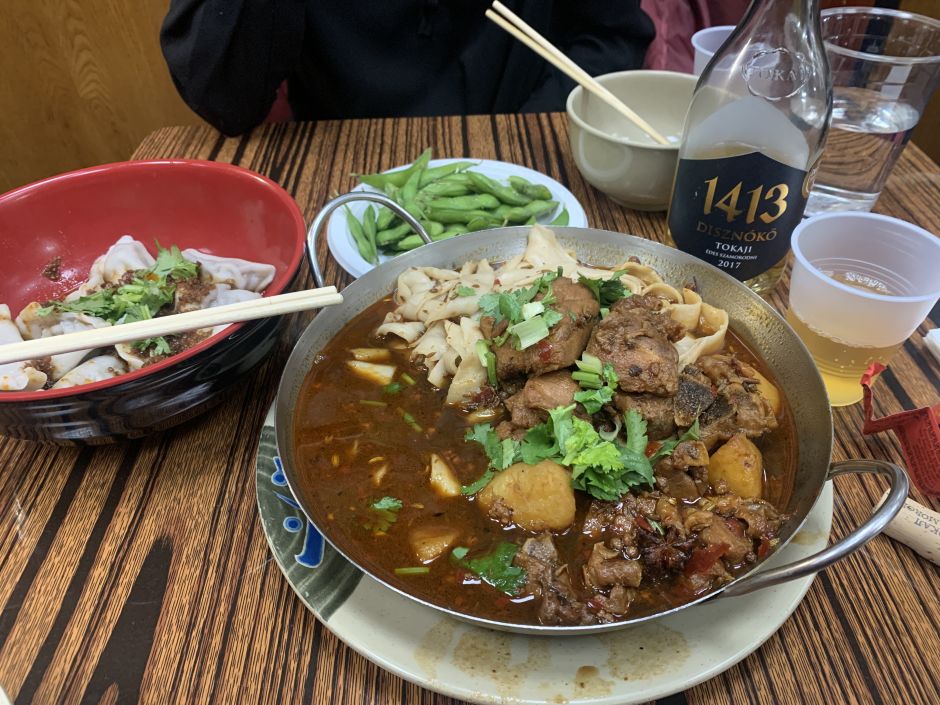
The two main categories of sweet Tokajis are late harvest and aszú. Late harvest, sometimes labeled “szamorodni,” is more straightforward and often my go-to choice. It’s made from enough botrytis-kissed grapes to impart the unmistakable Tokaji character, but without the complexity and sugar content of an aszú. A late harvest pairs with all kinds of foods, savory and sweet, and goes down alarmingly well on its own. Retailing in the United States for around $20, it’s also more wallet-friendly than an aszú.
Aszú is the finest expression of Tokaj, containing specific amounts of botrytis grapes, handpicked during harvest and then soaked in a fermenting base wine to extract their flavor. Aszús tend to be silky and layered and with a notoriously long finish — an explosion of flavors that linger in the mouth long after you swallow. Given their labor intensive production, aszús are pricier, retailing for $40-50 (note that sweet Tokajis come in 500 ml bottles). For now, only a few Tokaj producers sell in the United States, but bottles of Disznókő, Royal Tokaji, Oremus, Királyudvar, Hétszőlő, and Patricius are available in wine stores and restaurants across the country.
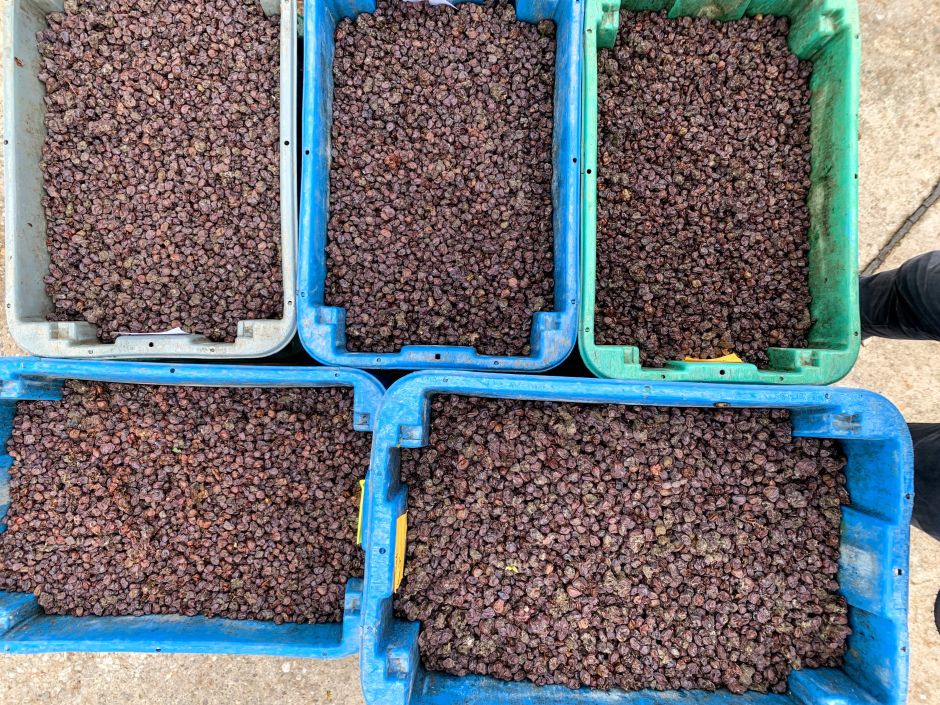
On my last week in New York, I took a bottle of Tokaji to dinner with friends at Sofreh, a hip Iranian restaurant in Brooklyn’s Prospect Heights neighborhood. Toward the end of our meal, a jovial man in his 60s, who turned out to be one of the owners, sauntered over to our table with a complimentary Persian liquor in hand, and congratulated us on our wine of choice. I glowed with pride — finally someone gets it! Then, in the kindest of ways, our waitress asked whether she could try a sample of this exotic-sounding wine. She seemed enthralled, and I had a quiet realization that perhaps my Tokaj ambassadorship was beginning to bear fruit — one sip at a time.
Discover the world of Tokaj’s sweet wines by exploring the bottles below, all three of them containing botrytis-affected grapes and widely available outside Hungary.
Sweet Tokaji Bottles to Try
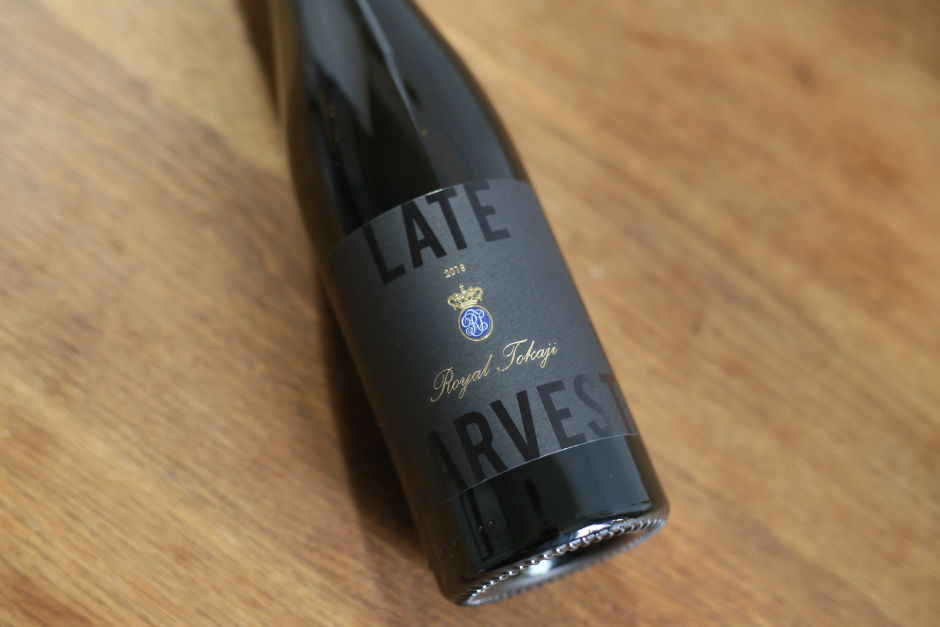
Producer: Royal Tokaji
Wine: Tokaji Late Harvest, 2018
Retail: $18
One of the major Tokaj wineries, Royal produces everything from approachable dries to some of the most complex and highly priced sweet wines globally. Their late harvest provides a good foray into the world of botrytis-made sweet wines, containing a mix of regular and nobly rotted grapes at a friendly alcohol level of 12 percent. The wine spent only a few months in oak barrels, enough to round out the flavors of peach and orange while retaining a lively freshness. Serve chilled before or after a meal, or pair it with spicy dishes.
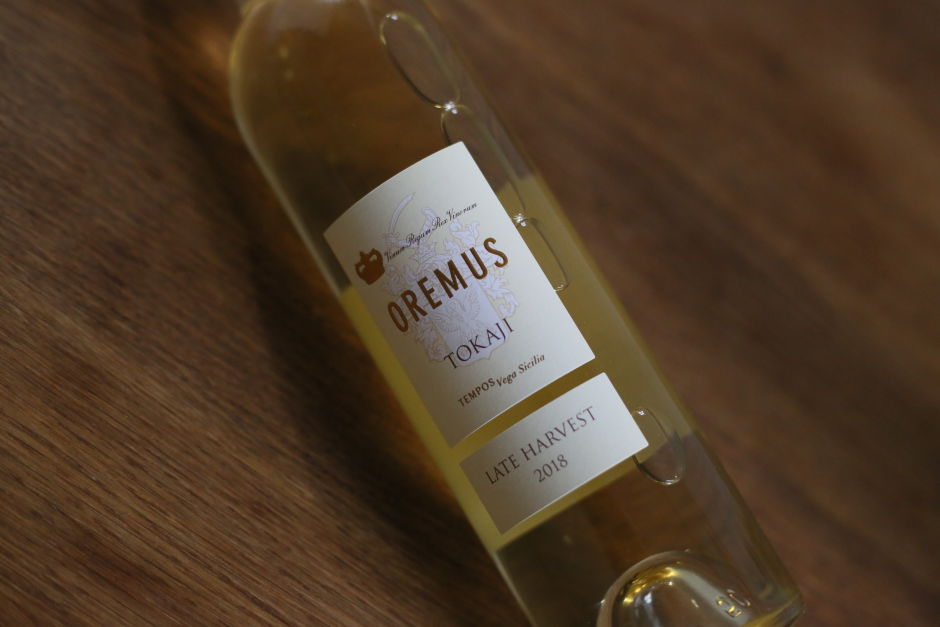
Producer: Tokaj-Oremus
Wine: Late Harvest, 2018
Retail: $35
Perhaps the best-known Tokaj winery globally, Oremus puts out both excellent dries (under the “Mandolás” label) and sweets. Made from a combination of ripe and precious botrytis berries, this late harvest wine has enticing floral and citrus notes in part thanks to the hárslevelű grape, which is furmint’s lesser known partner on Tokaj’s vineyards (there’s also a small amount of the irresistibly aromatic musical blanc). The wine’s vibrant acidity makes it a good match to hearty main courses and rich cheeses. Or simply serve chilled as a pre or post-meal treat.
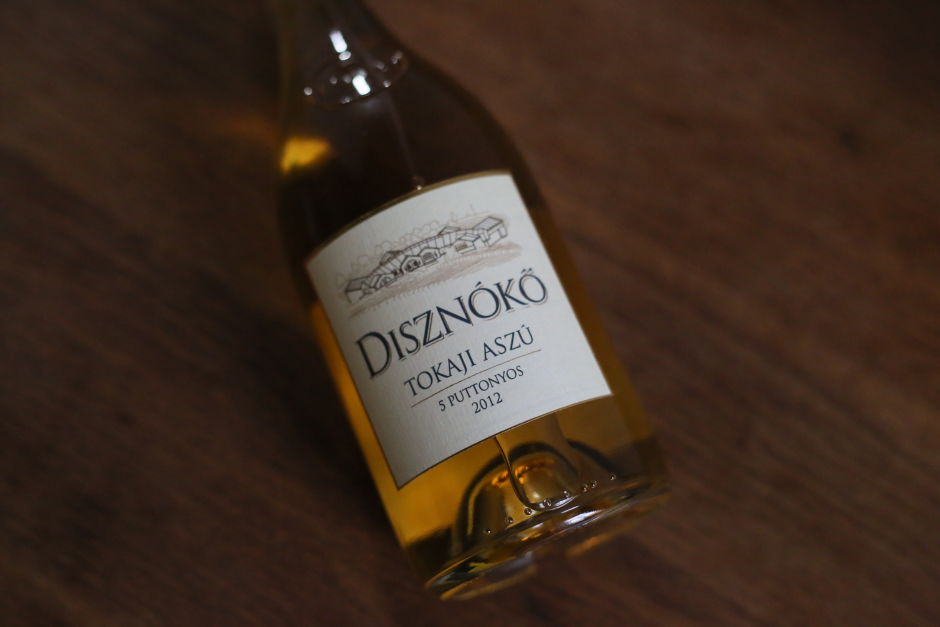
Producer: Disznókő
Wine: Tokaji Aszú, 2012
Retail: $40
The signature wine of Disznókő, the Tokaj winery which set in motion the region’s rebirth. Every year, they do several rounds of harvest in search for the perfect botrytis-affected grapes. Those are then soaked in a fermenting base wine for a couple of days to release all of their complex flavors. After two years in used oak barrels and several more in the bottle, this golden-colored wine has beautiful aromas of dried stone fruits and a long, complex, mouth-filling flavor that isn’t too sweet. Enjoy it chilled with a main course or on its own, in place of a dessert.